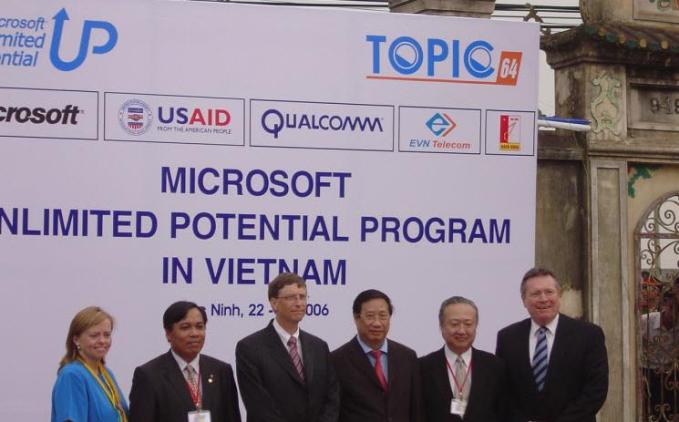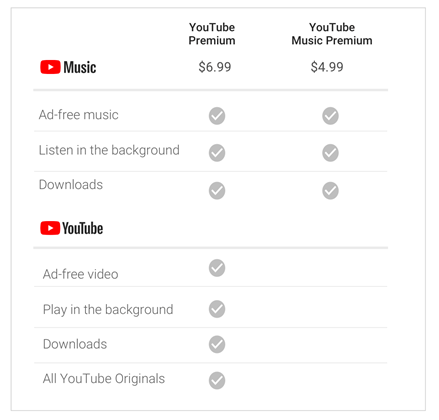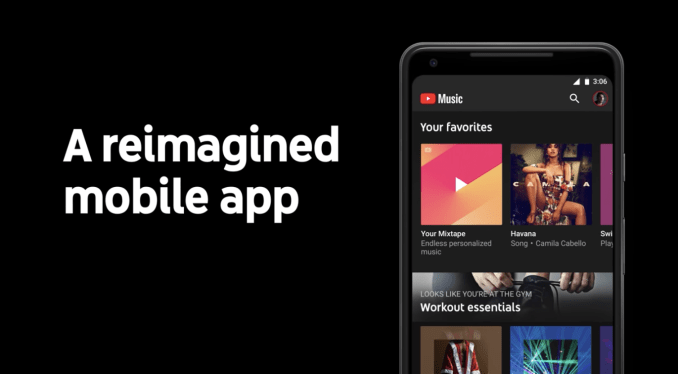Vietnam’s startup ecosystem is making forward progress. Just a week after 500 Startups’ local entity closed a $14 million fund for early-stage investments, one of the country’s elder statesmen of startups — educational service Topica — has closed its $50 million Series D.
The round — which is one of the highest to date for a Vietnamese tech company — comes from PE firm Northstar Group. Northstar, which manages some $2 billion in assets, is already linked to Topica via Openspace Ventures, the Singapore-based VC firm that is already an investor in the startup and counts Northstar among its LPs. (Openspace rebranded from NSI earlier this year, prior to which it was an arm of Northstar.)
Northstar’s total ownership stake is described as a minority but the exact size, and the valuation of the Topica business, hasn’t been revealed.
Topica was founded a decade ago at a launch event attended by Bill Gates, and since then it claims that it has helped more than one million adults through its online education platform. The business counted Microsoft and Qualcomm among its original sponsors and today it covers the six largest countries in Southeast Asia — Vietnam, Indonesia, Thailand, Singapore, Malaysia and the Philippines. It offers a range of different services that include English-language tutoring and university-level courses, but it has expanded to less traditional disciplines including a ‘founders institute’ accelerator program and a 3D ‘technologies’ program.
On the higher education focus, Topica works with 16 universities to offer Batchelor degree qualifications. That program has graduated some 6,200 students, the company claimed. Its dropout rate is above 90 percent, according to its data.

Deputy Prime Minister Pham Gia Khiem, Head of Microsoft General Embassy Bill Gates and other sponsors’ launching the program in April 2006 [Image via Topica]
Topica has 1,700 staff and 2,000 teaching instructors across offices in Bangkok, Danang, Hanoi, HCMC, Jakarta, Manila and Singapore. There’s no specific aim for the investment other than to further the company’s ongoing mission of helping reach more students using digital mediums.
“We have been blessed to work with great partners like Northstar and our existing investors, who are all enthusiastic about our vision of investing in the long term to help bring quality education to millions of learners in Southeast Asia and beyond,” Dr. Tuan Pham, Topica chairman and CEO, said in a statement.

Topica employees regularly take part in marathons, ironman competitions and more across Southeast Asia
In particular, you can likely expect that Topica will continue to push its business-building initiatives as Southeast Asia’s startup ecosystem continues to grow. A recent report co-authored by Google forecast that the digital economy for the region — which houses over 650 million people — will triple over the next seven years. Topica claims that already it is invested in one-third of the startups in Vietnam that raised seed or Series A funding in 2016, so it seems entirely logical it’ll work to expand that to other markets.

 Watch Party had previously launched in Groups and been in testing with other types of accounts. But now any profile or business can post a Watch party invite to sync up with other users and simultaneously view videos they’ve discovered on Facebook.
Watch Party had previously launched in Groups and been in testing with other types of accounts. But now any profile or business can post a Watch party invite to sync up with other users and simultaneously view videos they’ve discovered on Facebook.



